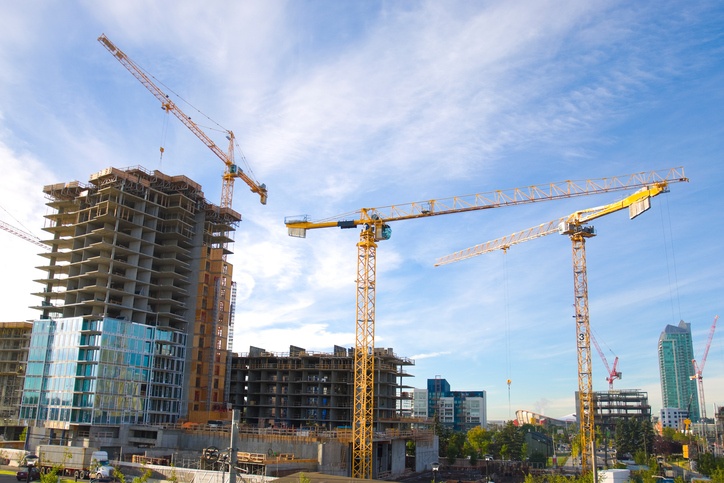
Building codes require certain commercial structures to be equipped with fire alarms in the event of an emergency. Fire alarms are a critical part of a commercial building’s life safety systems.
NFPA 72/101
First, let’s look at code compliance as it concerns the National Fire Protection Association (NFPA) and a few of their main forms of guidance. These include:
- NFPA regulation 72 delineates requirements in regard to the installation, performance, testing, inspection, and maintenance of any fire alarm system
- NFPA 101®, the Life Safety Code®, and other codes determine whether a fire alarm system is required for any building
So NFPA 101 provides general guidance on which buildings must have fire alarm systems, and NFPA 72 provides guidance on how to execute those requirements.
Occupancies
We must also understand the term “occupancy” because it will come up any time fire alarm regulations are consulted.
In this application, it is simply meant to designate which part of any commercial structure is occupied by people and what classifies those occupancies into types.
Here are some examples of occupancy types:
- Educational occupancies
- Assembly occupancies
- Mercantile occupancies
- Business occupancies
- Industrial occupancies
Occupant load is another term that simply states how many people, maximum, are permitted by law to be in a commercial building’s individual spaces.
Oftentimes, these placards can be clearly seen on walls in restaurants, entertainment venues, and sporting facilities showing how many people the room can safely hold for fire safety concerns.
Other Building and Fire Safety Codes
International Building Code (IBC) section 907 makes it clear what building types require a fire alarm system, and it categorizes each into its own group. These include:
- Group A (places of assembly)
- Group B (offices and service providers)
- Group E (schools)
- Group F (low-hazard industrial facilities)
- Group H (high-hazard industrial facilities)
- Group I (healthcare, corrections, and daycare)
- Group M (retail)
- Group R (hotels)
- Group S (storage)
The IBC requires that “an approved fire alarm system installed in accordance with the provisions of this code and NFPA 72 shall be provided in new buildings and structures.” All these regulations align with IBC section 907.
Groups A, B, and M merit the most focus.
Group A
Group A is classified as “places of assembly” with occupancies of 50 or more people. This includes:
- Places of religious worship
- Movie theaters
- Concert halls
- Restaurants and dining facilities
These buildings require a fire alarm system if certain detailed conditions are met.
Group B
Group B is classified mostly as offices, and a fire alarm system is required if certain conditions are met. These businesses could include:
- Electronic data processing
- Laboratories (testing and research)
- Print shops
- Professional services
This group includes architects, lawyers, dentists, and so on.
Group M
Retail stores, classified as group M, have similar requirements for fire alarm systems. These include:
- Department stores
- Gas stations
- Retail or wholesale stores
Since there are so many variables, it’s important to consult IBC 907 as well as NFPA 101 and 72 to get all of the details for your specific situation.


